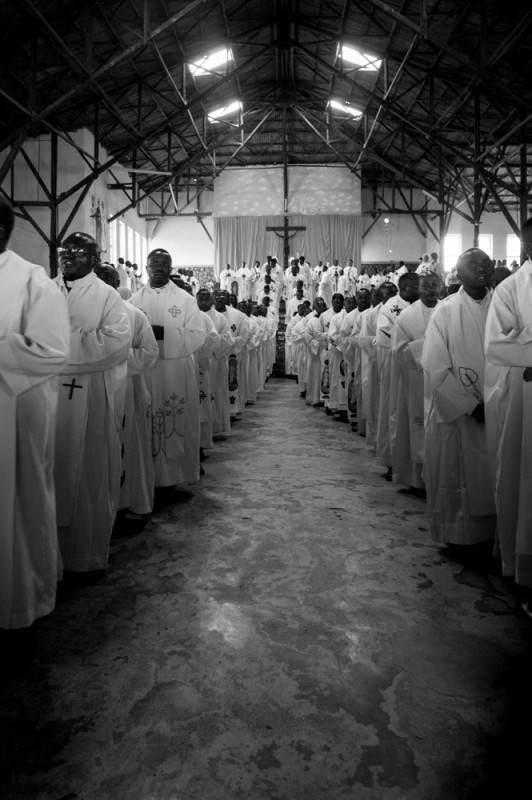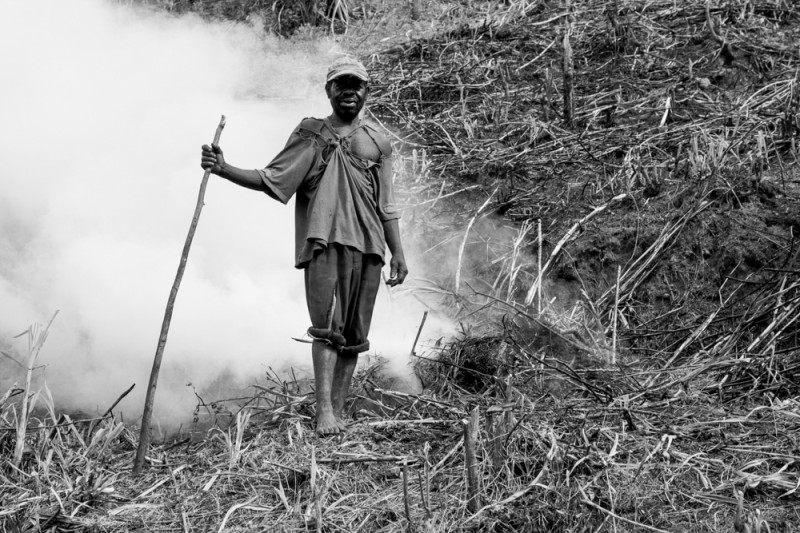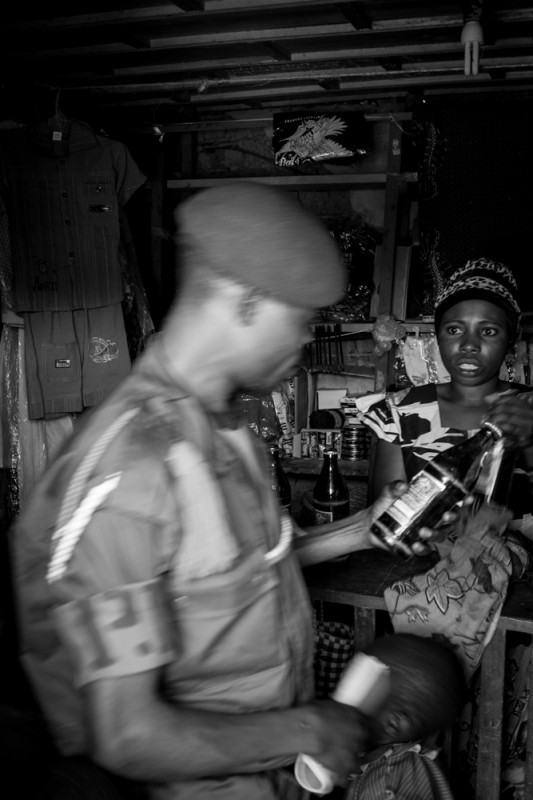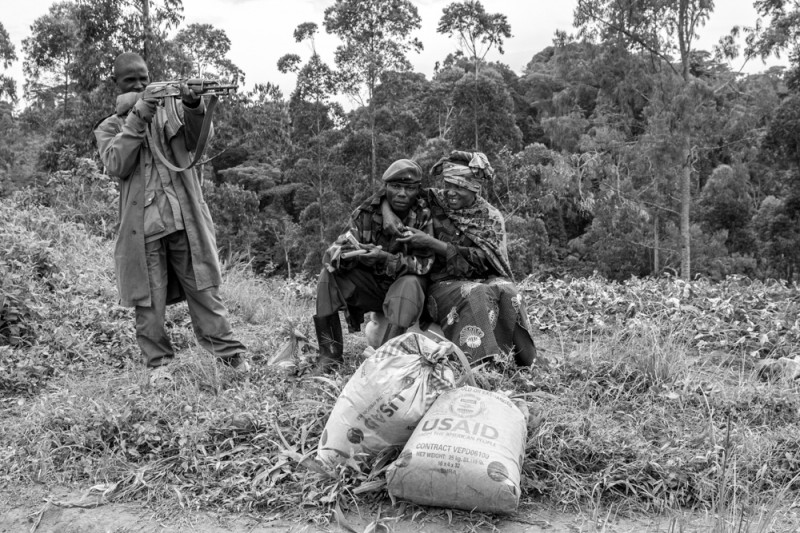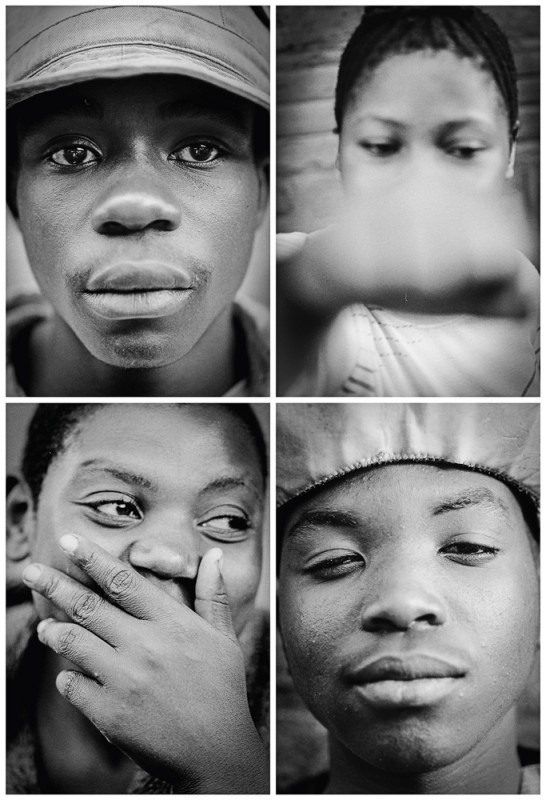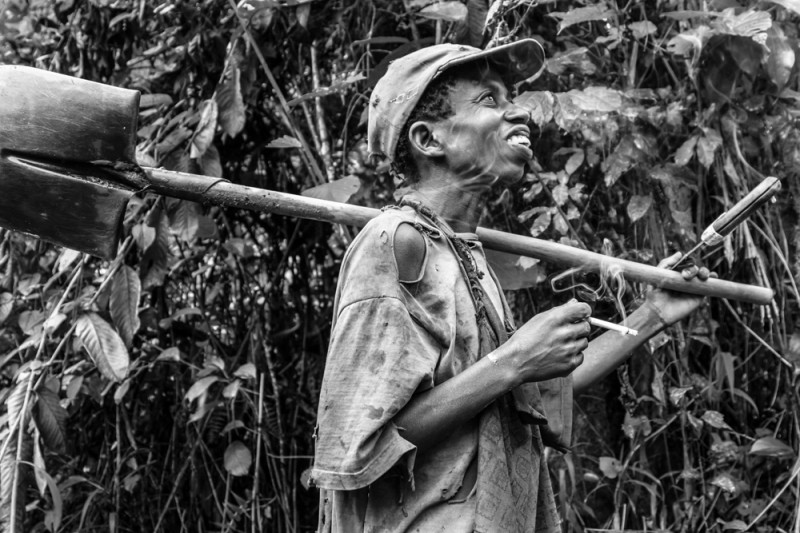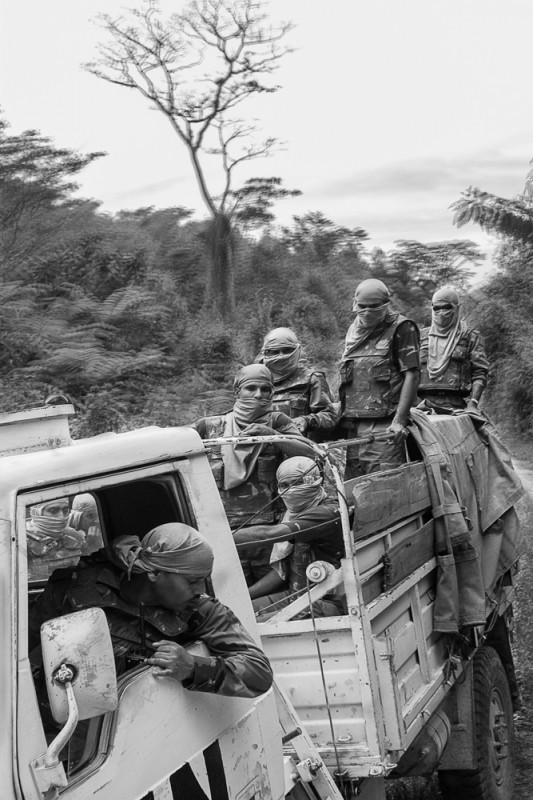Who does What - Portraits from North Kivu
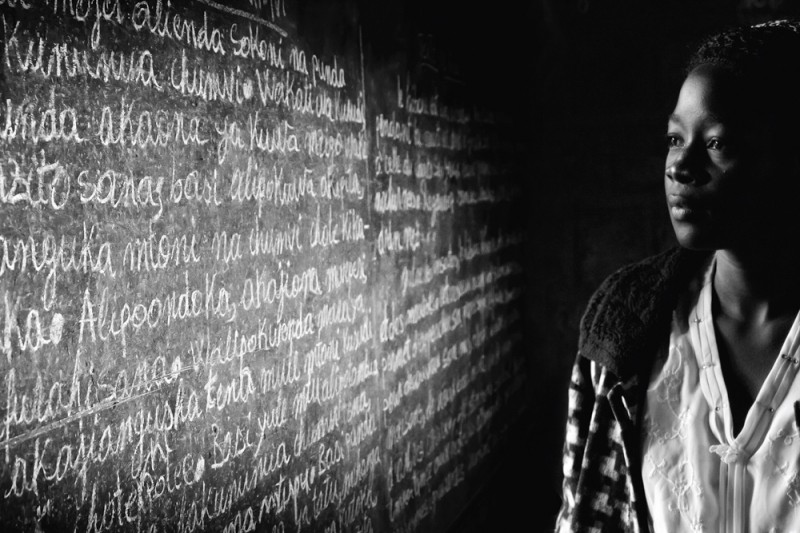
-
PhotographerGiovanni Salvaggio
A trip to North Kivu (Democratic Republic of Congo) through the images of those who live in a region plagued by over 30 years of war. In a place where victims and perpetrators seem to blend into a waltz of stereotypes and distortions that the Western world wants to be perpetuated indefinitely. 1) the Teacher (Lukanga) From 1960 the Congolese government has liberalized the teaching because was unable to manage the system and costs of education. With a consequence that private entities and religious faiths have take up the monopoly of education. The cost of annual school fees range from 27 to 60 USD against an annual income don't get to 300 USD in rural areas. Only 2 child out of 7 goes to school in North Kivu. 2) the Church (Butembo) The Great Lakes region is the most Christian of Africa. In the almost complete absence of state apparatus, the church is the only true expression of centralized power in Kivu. it is involved in many political and economic aspects that are generally covered by Government or commercial enterprises. The priesthood is often the only way to escape from poverty and ignorance. 3) the Peasant (Bunyatenge) Between the various groups living in North Kivu is made up of land conflicts. Behind the façade of ethnic clashes, promptly trumpeted by the Western media to every massacre of civilians, is the lack of an agrarian reform by the State that generates clashes between indigenous groups and the Rwandans groups (Banyarwanda and Banyamulenge) arrived in the area from the middle of the last century. 4) the Military & the Storekeeper (Kimbulu) The armed groups aren't the only ones to sow panic in North Kivu. The army, poorly paid and often left to itself, steals and extorts every kind of good to small traders, especially in rural areas. 5) The Militia (South Lubero) According with a recent pubblication of Congo Resarch Group, In Kivu there are over 70 different rebel groups. In 2008 there were no more than twenty. This fragmentation has multiple causes, including the lack of alternatives and a series of failed DDR and army integration efforts by Congolese government and United Nations 6) the former Child-Soldiers (Butembo) “Once demobilized from armed groups, former child soldiers often face rejection of their community and, having received no education, are more difficult to integrate into civilian life. All these children are at high risk of re-recruitment.†(Julies Harneis – Unicef) The Former Child Soldier is in the “heart†of social mobilization campaigns of great ONG, but often when the spotlight turned off, they are left at the mercy of events. These guys were photographed in January 2008, two years after the reintegration center for former child soldiers where they lived was closed for lack of funds. 7) the Informal Miner (Luofu) In North Kivu, over 70% of mines are artisanals or informals.In 2010 an American law (Dodd Frank Act) was issued in order to trace the minerals to determine those "conflict-free", giving rise a massive media campaign over "blood minerals". According to Open Letter on Dodd Frank Act signed in Sept 2014 by over 70 congolese and International observers, this campaign fundamentally misunderstands the relationship between minerals and conflict in the eastern DRC. An internal UN assessments, for istance, show that only 8% of DRC conflicts are linked to minerals. 8) The Peacekeepers (Bingi) In North Kivu it has deployed the largest peacekeeping force of the United Nations (MONUSCO) with more than 19,000 units in the field and with an annual cost of over 1.2 billion USD. Inadequate and unclear mandate and lack of cooperation with the Congolese government have turned the MONUSCO mission in an enormous monster "money-grubbing" .
